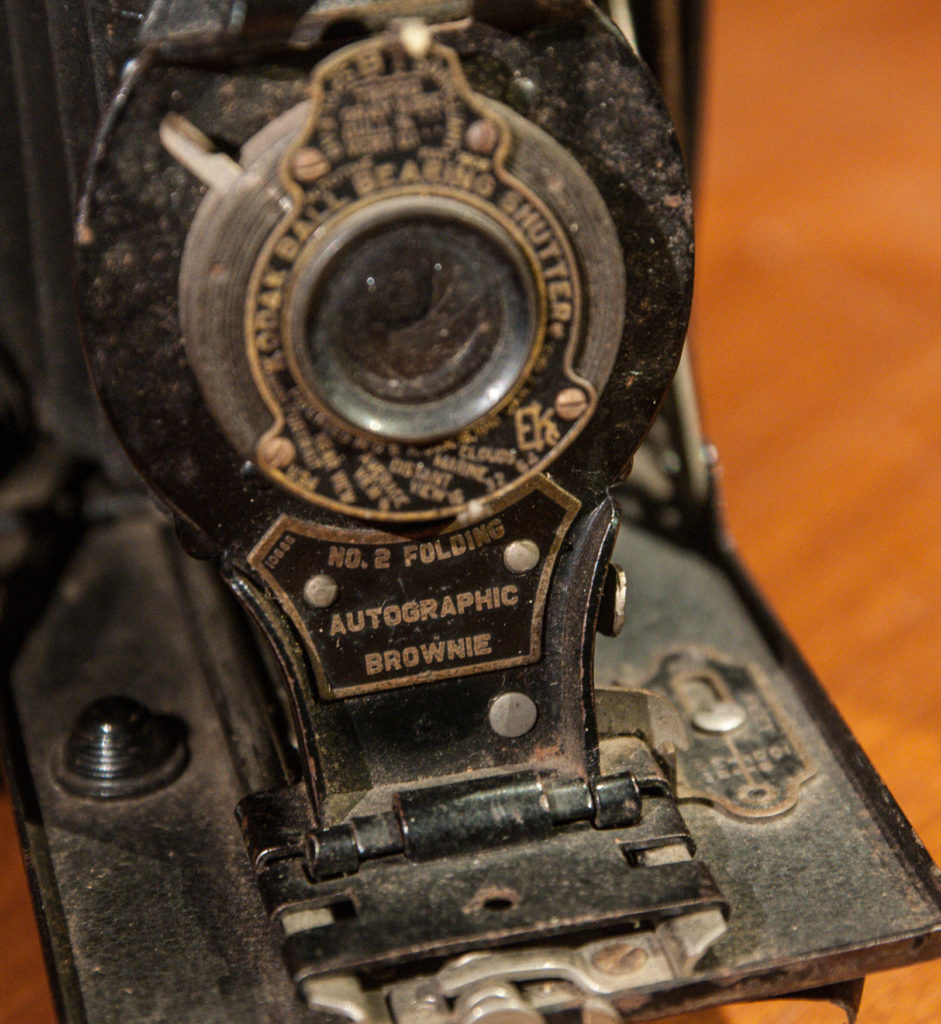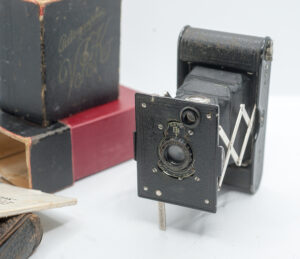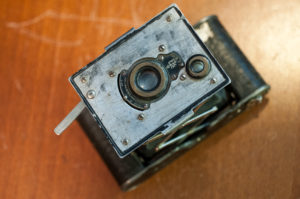analog photography, history, HowToDoIt, Uncategorized
The Ultimate Guide to Camera Restoration and Repair
Introduction
Welcome to our comprehensive guide on camera restoration and repair. We at Vintagelens advise on restoring vintage cameras to their former glory. With our expertise and attention to detail, we are dedicated to helping you revive your beloved camera and relish in the joy of analogue photography. In this guide, we will provide you with step-by-step instructions, useful tips, and insights to empower you in the process of camera restoration. Let’s dive in!
1. Understanding Camera Restoration
Camera restoration is a meticulous process that involves bringing old or damaged cameras back to their original condition. This practice is not only an art form but also a means of preserving the heritage and craftsmanship of vintage cameras. By restoring a camera, you can breathe new life into it and experience the unique charm and quality that analogue photography has to offer.
2. Assessing the Condition of Your Camera
Before embarking on a camera restoration project, it is crucial to assess the condition of your camera. Here are some key factors to consider:
- 2.1. Physical Condition
- Inspect the exterior of the camera for any signs of wear, corrosion, or damage. Check the body, lens, shutter, and film compartment carefully. Take note of any scratches, dents, or missing parts.
- 2.2. Mechanical Functionality
- Test the camera’s mechanical functions, such as the shutter, aperture, focus, and film advance. Ensure that these components are working smoothly and accurately. If you encounter any issues, it may require further investigation and repair.
- 2.3. Electrical Components
- For cameras with electrical components, verify the condition of the battery compartment, light meter, and electronic controls. Replace batteries if needed, and assess if any repairs or replacements are necessary.
3. Creating a Restoration Plan
Once you have evaluated the condition of your camera, it’s time to develop a restoration plan. This plan will serve as a roadmap for the restoration process and help you stay organized. Here’s a suggested approach:
- 3.1. Research and Documentation
- Gather as much information as possible about your camera model. Search for manuals, technical specifications, and online resources that provide insights into its construction, features, and repair procedures. Document each step of the restoration process to track your progress and refer back to it if needed.
- 3.2. Procuring Replacement Parts
- Identify any missing or damaged parts that need to be replaced. Contact reputable camera part suppliers or seek assistance from professional camera restorers to ensure you acquire authentic and compatible components. It’s essential to source high-quality parts to maintain the integrity of your camera.
- 3.3. Cleaning and Lubricating
- Thoroughly clean all accessible parts of your camera using appropriate cleaning solutions and tools. Remove dirt, dust, and debris that may affect its performance. Lubricate the mechanical components with specialized camera lubricants to ensure smooth operation. Exercise caution and follow proper techniques to prevent damage during cleaning and lubrication.
- 3.4. Repairing and Restoring
- Repair or replace any damaged or dysfunctional parts identified during the assessment stage. This may include repairing the shutter mechanism, replacing light seals, or refurbishing the lens. Take your time and approach each task meticulously to achieve the best results.
- 3.5. Testing and Calibration
- After completing the repairs, it’s crucial to thoroughly test and calibrate your camera. Check the accuracy of the shutter speeds, aperture settings, and focus. If required, use calibration tools or seek professional assistance to fine-tune the camera for optimal performance.
4. Maintaining and Preserving Your Restored Camera
Congratulations on successfully restoring your camera! To ensure its longevity and continued functionality,
Here are some tips for maintaining and preserving your restored camera:
- Store the camera in a cool, dry place away from extreme temperatures and humidity.
- Regularly inspect and clean your camera to prevent dust and debris buildup.
- Use a protective case or bag when transporting your camera to prevent accidental damage.
- Handle the camera with care, avoiding excessive force or impact.
- Consider periodic servicing by a professional camera technician to maintain its performance.
Conclusion
In this comprehensive guide, we have explored the intricacies of camera restoration and repair. By following these steps and investing time and effort into your camera restoration project, you can reclaim the magic of analogue photography. Remember, each camera is unique, and the restoration process may vary based on the model and its condition. If you encounter challenges along the way, don’t hesitate to seek guidance from experienced camera restorers or communities passionate about vintage cameras. Happy restoring!



